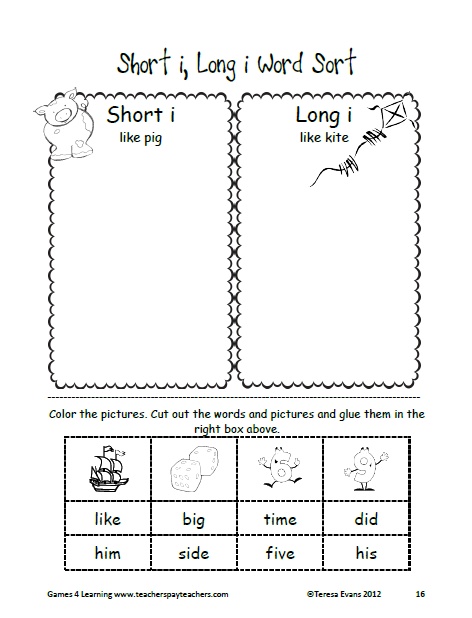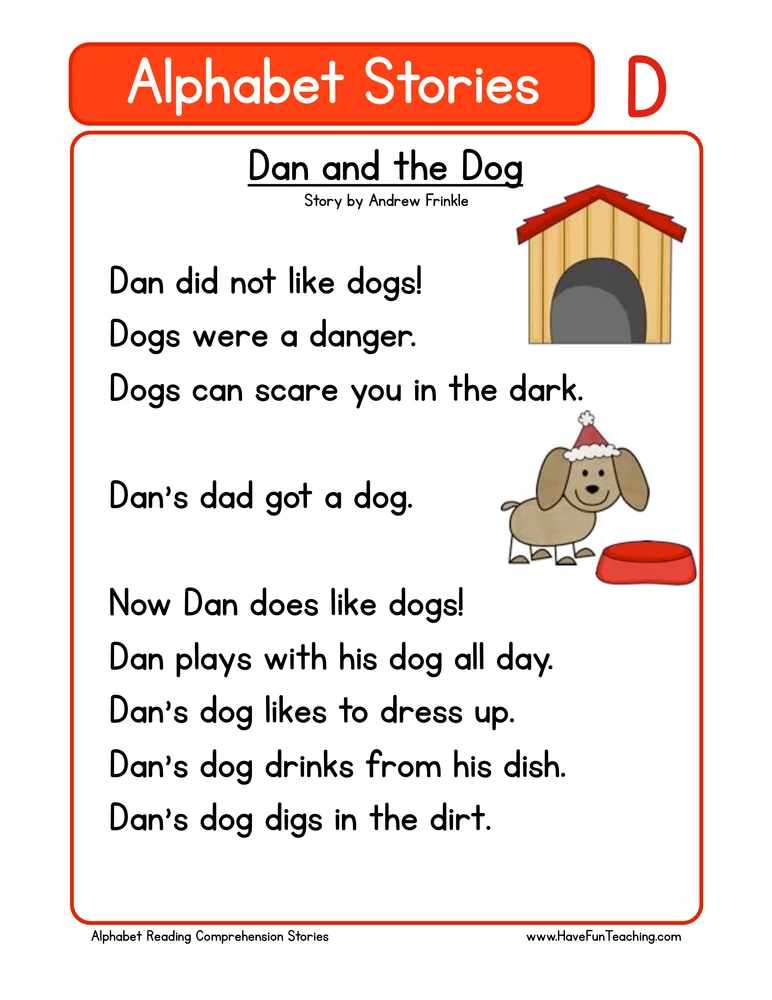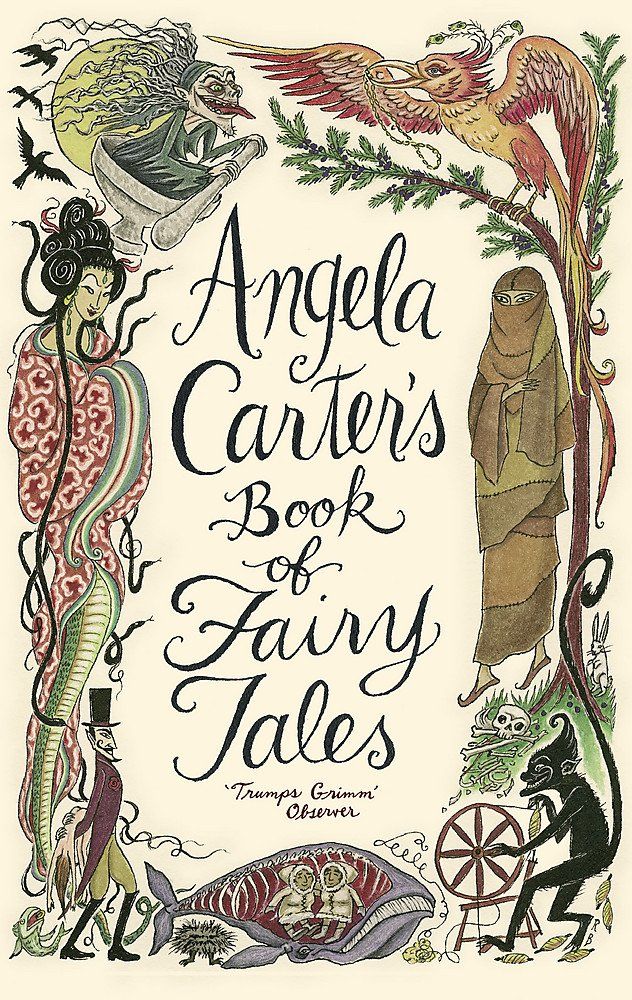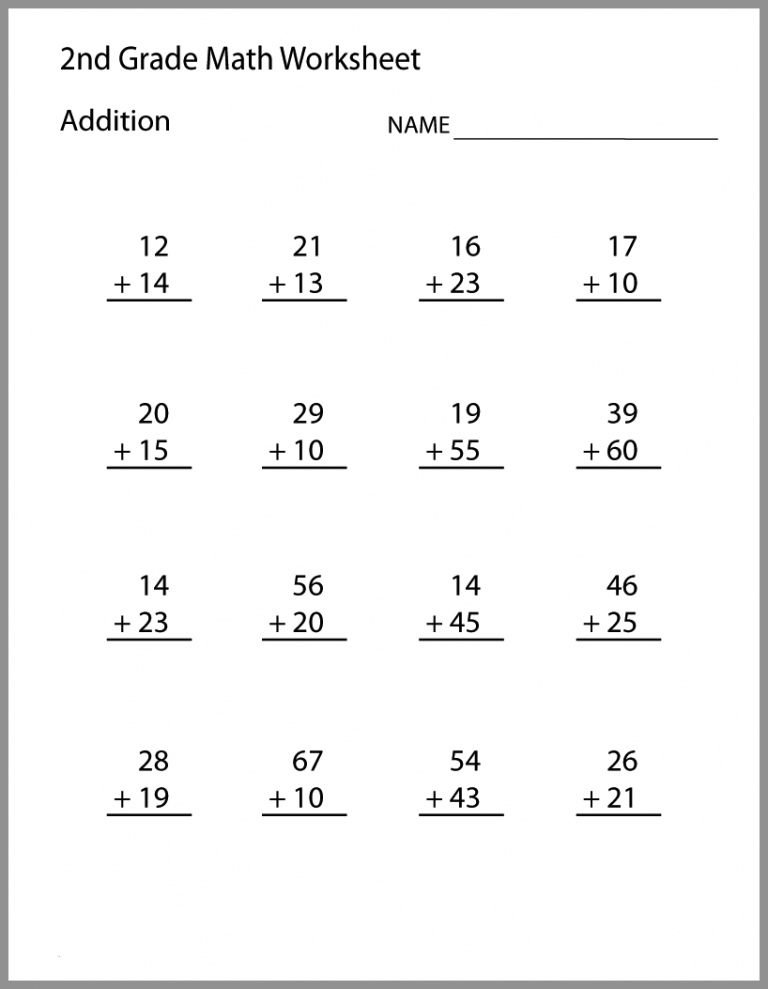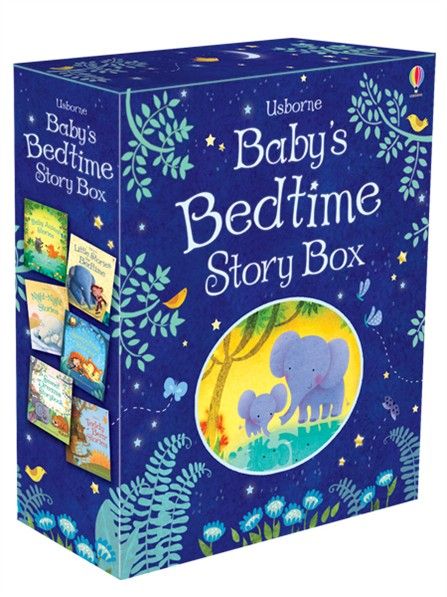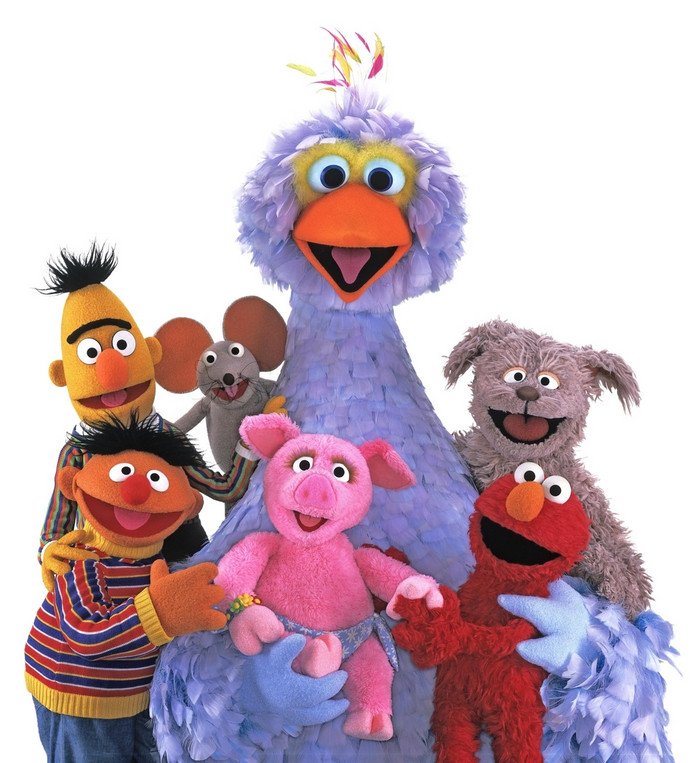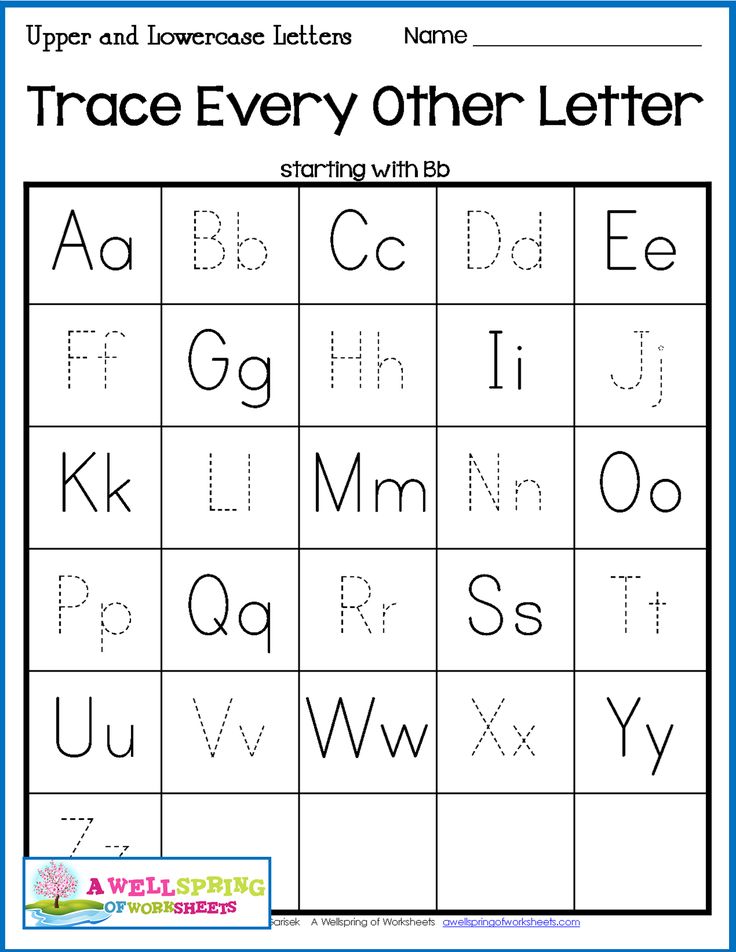Short and long vowels activities
5 Fun Short Vowel Activities That Only Take 5 Minutes
Do your students confuse their short vowel sounds? Maybe they substitute e for a? Or i for e? Or just need more practice in general?!
The short vowel sounds can be so tricky, especially for students who have certain accents. In the southern United States, where I live, sometimes the e and i sound exactly the same!!
Accent or no accent, I find that my students need lots of practice differentiating between the short vowel sounds. They need practice when they’re first learning the sounds, of course, but ALSO later on. Once they learn long vowel sounds, things can get confusing, and we need to come back and review the short vowel sounds too!
In this post, I’ll share 5 short vowel activities that are fun, low prep, and only take a few minutes to implement. Plus I’ve got
4 freebies for you! 🙂 Make sure to read all the way through the post so you don’t miss any of these freebies.
In this activity, you say a word with a short vowel sound aloud. Students have to listen, repeat the word, identify the correct short vowel, and hold up the corresponding puppet.
In addition to holding up the puppet, students should identify the vowel. You can have them say the sound. Or, even better, have them say the letter name and sound: “A says /a/.”
Here’s an example:
You say the word “fish.”
Students say: “Fish.” Students hold up the “i” puppet. Students say: “I says /i/.”
It takes a little time to make the puppets, but once they’re done, you can use them over and over and over again!
You can download the templates HERE!
Activity #2: Sand Writing
Having kids trace a vowel in sand while saying the sound is an easy, engaging multisensory activity!
Just put sand on a paper plate, in an aluminum pie tin, or on a small tray. I like to use colored sand, like this (that’s an Amazon affiliate link), but regular sand works just fine too.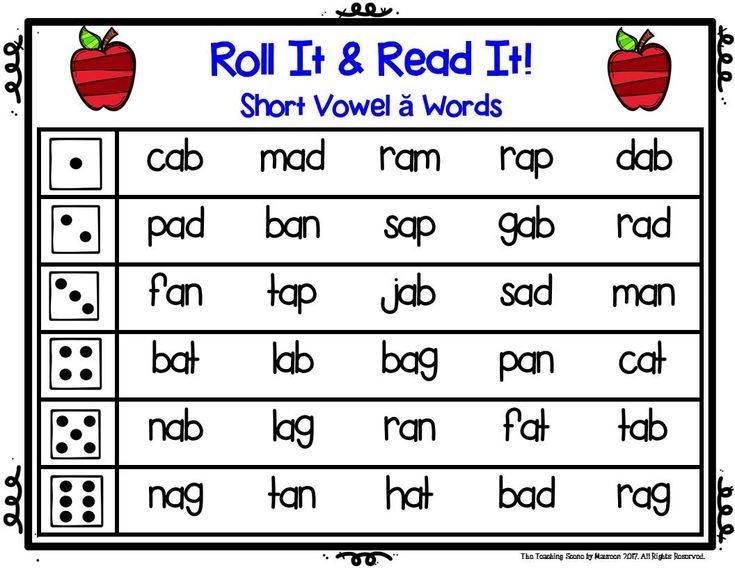
There are a few different things you can do with sand:
Option 1: Say a short vowel sound (i.e. /u/). Students repeat the sound. Students then write the correct letter in sand. While they are writing the letter, they say the letter name and sound (“U” says /u/).
Option 2: Use the same procedures for activity #1, where you say a short vowel word and students identify and write the vowel sound they hear. You’ll still want students to say the letter name and sound while they trace.
If you’re out of sand or want to change things up…try the free Sand Draw app!
Although it’s not quite the same as real sand, kids still get the sensory experience of tracing with their finger while saying the sound aloud.
Activity #3: Picture Sorts
This activity is simple but helpful for students who are having trouble differentiating between the vowel sounds.
Give students a set of picture cards for 2-3 sounds total (i.e., some pictures for a, i, and u). Have them name each picture out loud. Then, have them sort the pictures. When they’re finished, they can “read down” the column of pictures, again naming each picture. Once a student finishes reading down the column, he/she identifies the vowel sound that those pictures all contain.
Then, have them sort the pictures. When they’re finished, they can “read down” the column of pictures, again naming each picture. Once a student finishes reading down the column, he/she identifies the vowel sound that those pictures all contain.
If you need pictures for sorting, you can grab some HERE!
Activity #4: Vowel Fluency Strips
Even when students know the short vowel sounds, they may not always read them correctly in words!
To help them apply that knowledge, they need lots of practice. In-context practice is important (reading real texts), but isolated practice can be helpful too.
These (free) fluency strips are a great way for students to practice paying close attention to the vowel sound in a word!
If it helps, students can highlight all the vowels before they read across the strip.
Or, you can laminate the strips and have them use dry erase markers. You can put the strips on a ring, too!
A few of the words in the freebie may be unknown to students, so make sure to talk about what they mean, as well.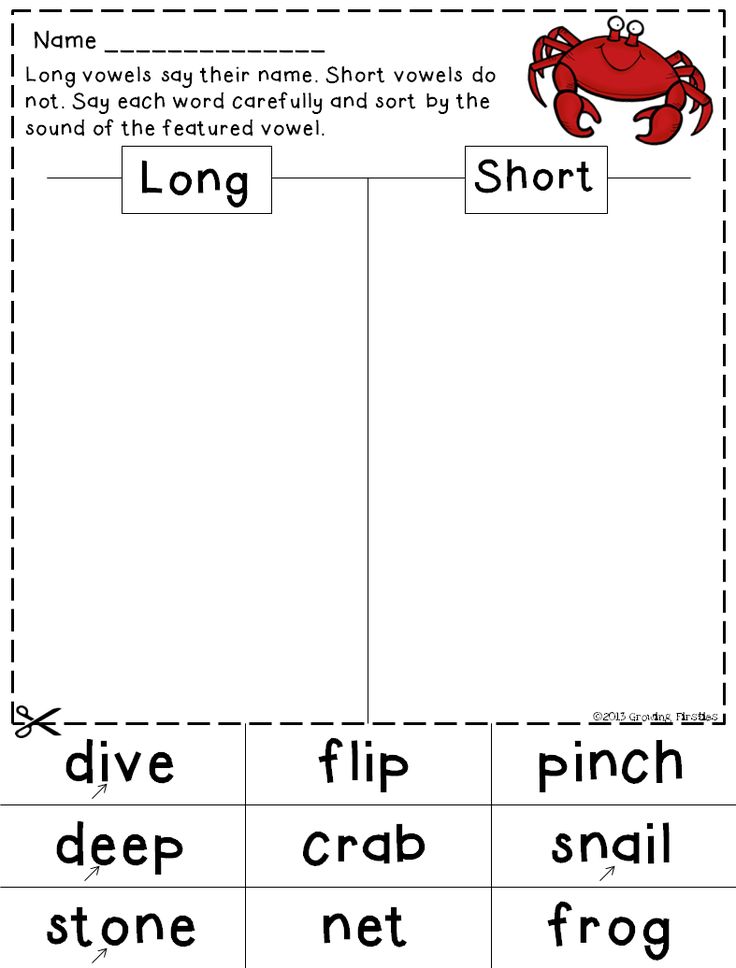
Grab the vowel fluency strips HERE!
Activity #5: Short or Long?
As I mentioned at the beginning of the post, students tend to experience vowel confusion once they start learning long vowel sounds.
It’s important to go back and review short vowel sounds (and contrast them to the long sounds). Word sorts and picture sorts are great for this. Another fun, simple activity is a game we play called “Short or Long?”
You say a word (or even just a vowel sound), and students have to call out the vowel sound and whether it is long or short (i.e., “Long A!”).
If you have Slinkys or rubber bands, students can stretch or contract them as they call out the vowel sound (i.e. stretching the rubber band long for a long vowel sound).
If you’re working in a larger group setting, you may want to have students write on a whiteboard rather than call out their answer.
Need More Phonics Activities?
I hope these ideas were helpful to you!! A couple more ideas (I know, I know, I only said 5 but I can’t help myself!) Check out my no-prep phonics games for Kindergarten and 1st grade. There’s a specific set for each of those grades geared towards CVC words.
There’s a specific set for each of those grades geared towards CVC words.
Other products for CVC words would be the Kindergarten Decodable Readers for CVC words (Set 1 and Set 2) and the 1st Grade Decodable Readers for CVC words. Options are endless!
I also have one more bonus freebie for you – customizable word work games to help your students practice short vowel words or any other words of your choice!
There are many more activities for short vowels and other skills in my phonics program, From Sounds to Spelling.
From Sounds to Spelling is a comprehensive program that addresses:
- Phonological awareness
- Phonics – including decoding and spelling
- High frequency words
- Handwriting
The program includes:
- Complete lesson plans
- Games and activities for students (i.e. for independent work or small group)
- Decodable texts
- Phonics posters
- Leveled materials for differentiation
To learn more about this Kindergarten, 1st grade, and 2nd grade phonics program, click on the image below:
Happy teaching!
How To Help Your Child Learn Long And Short Vowel Sounds
It’s not uncommon for children to struggle with vowels. Most kids actually pick up consonant pronunciations much more quickly. Why is that?
Most kids actually pick up consonant pronunciations much more quickly. Why is that?
One of the challenges with vowel sounds is that they can’t exactly be “felt” in the mouth. With consonants, kids can feel the friction created while using their tongue, lips, or teeth to produce the sounds. To produce a vowel sound, you only need to adjust the shape of your mouth.
Then there’s the challenge of distinguishing between long and short vowels or two similar vowel sounds. In a nutshell, learning vowels can be a monster!
But have no fear; we’re here to help! We’ve compiled a step-by-step guide you can use to help your child finally connect the dots with both short and long vowel sounds.
When Is Your Child Ready To Learn Vowels?
It’s challenging to teach your child vowel sounds if they cannot hear them. This is why one of the most important signs showing that a child is ready to learn vowel sounds is when they can hear the vowel sounds in simple words.
For instance, let’s say your child tries to spell a simple CVC (consonant, vowel, consonant) word like “cat.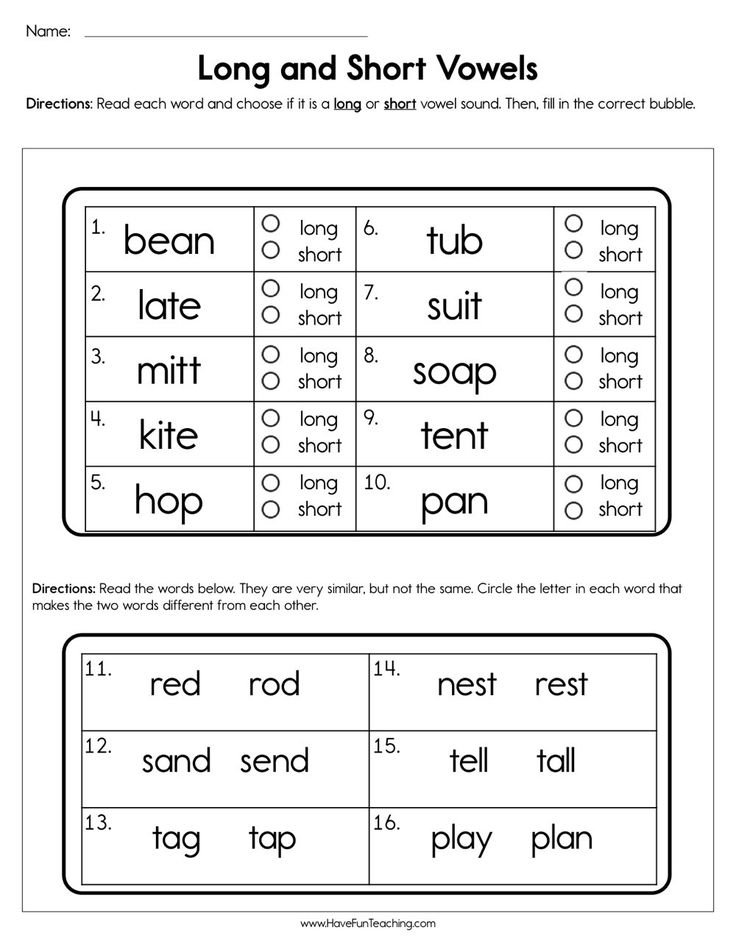 ”
”
Even if they may misspell the word by writing “cet” instead of “cat,” this is still a beautiful moment, so celebrate it to the fullest because it indicates that your child can hear that there’s a letter between the C and the N.
If you feel that your young learner is developmentally ready to start learning more about vowels, how can you help? Let’s take a look.
Tips For Teaching Short Vowel Sounds
Since short vowels have more consistent spelling, this is a great place to start when teaching your young learner.
1) Begin With The Names Of The Vowels
Teaching your child A, E, I, O, U is the first step in helping to familiarize them with vowels. We recommend taking these one vowel at a time to avoid overwhelming your young learner.
The good news is that there are various tactics you can use to help your child remember their vowels.
Besides sounding them out, you can also help your child create three-dimensional letters with something as easy and accessible as PlayDoh.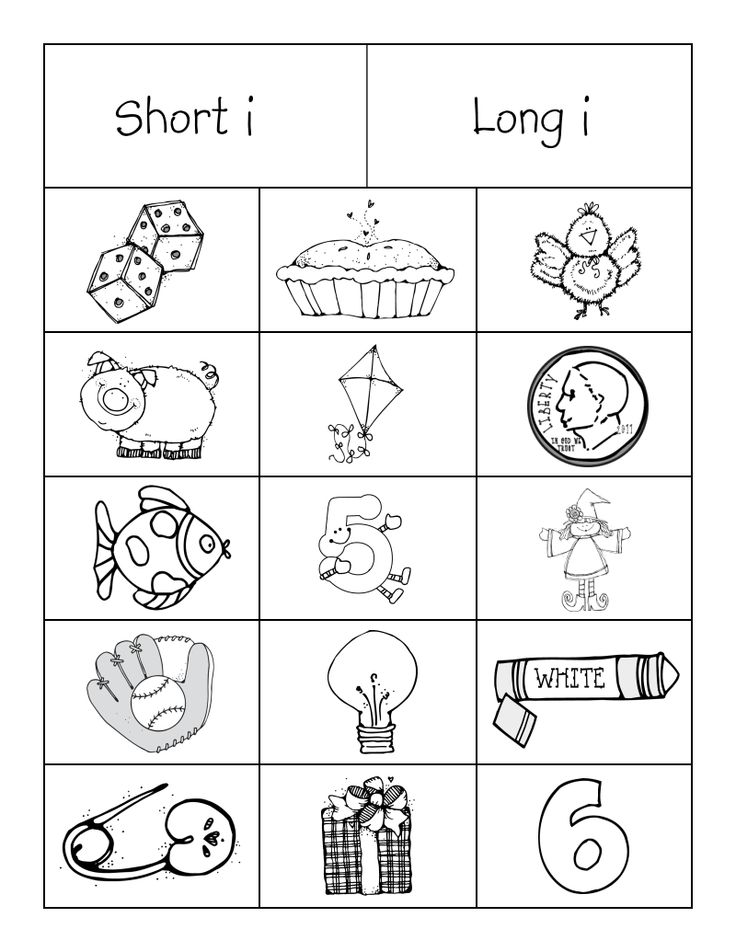 To help emphasize the differences between the letters, use a different color for each vowel.
To help emphasize the differences between the letters, use a different color for each vowel.
As your child feels and creates vowels, more of their senses will be engaged, and this will help them get familiar and comfortable with the five vowels and their sounds.
2) Differentiate Between The Vowels
This point on our list is connected to the previous one. Still, it deserves its own emphasis because it can be easy for children to struggle with differentiating between the vowels.
The example we used earlier of a child spelling “cet” instead of “cat” is pretty common, especially when you consider how similar the sounds are to each other. This is why it’s important to make the letters distinct.
To add some fun into your child’s learning, you might consider using stick puppets made with the five vowels. Simply attach a printout of each letter onto a popsicle stick, and then let your imagination run wild!
A can go to the store with E; I can head out to the beach with O; and so on.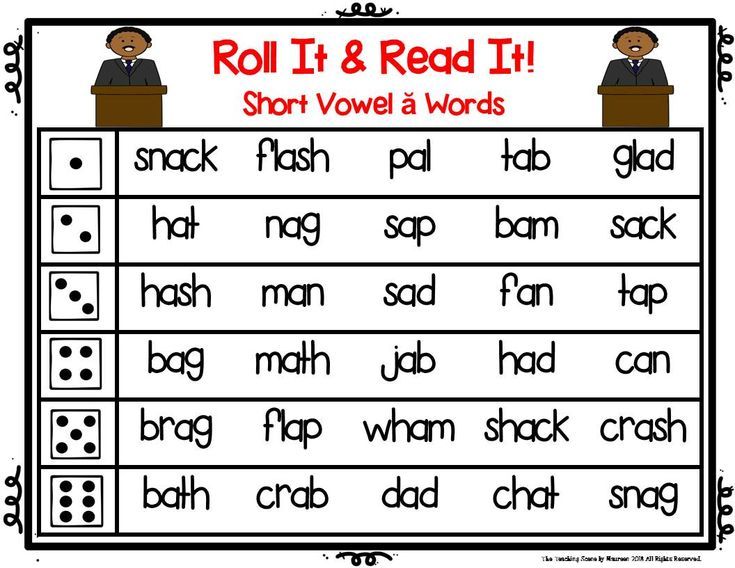 While acting out your scene, remember to emphasize the difference between the letters and keep sounding the vowels out clearly.
While acting out your scene, remember to emphasize the difference between the letters and keep sounding the vowels out clearly.
3) Introduce Word Families For Simple CVC Words
Word families can be described as a group of words that have a common pattern or features. Helping children learn these allows them to spell and sound out related words.
For example, a child who learns the word family -at, will have an easier time spelling cat, mat, hat, etc.
Remember to take it one word family at a time. This will help prevent your child from feeling overwhelmed with all the new information.
Here are some activities we recommend for working on word families:
- Say a word like “hat” and ask if it has the /a/ sound or the /i/ sound. Focus on sounding the letters out, not writing them, so your child can hear the differences better.
- Say two words and ask which has /o/ as the middle sound.
- Make a Tic-Tac-Toe board and put a vowel in each cell.
 Before placing their mark in a cell, your child will need to identify the vowel with its short sound.
Before placing their mark in a cell, your child will need to identify the vowel with its short sound. - Sound out CVC words by emphasizing the phonemes. For example, say /t/…/a/…/p/… and then blend together into tap.
- Place a t and a p with a space in-between. Ask your child to fill in the missing letter that will help form “top.”
- Switch the vowels. For this, you can play with magnetic letters. Ask your child to turn “tap” to “tip” and then to “top.”
Here are some great words with short vowel sounds to practice at home:
Short “A” Sound Examples:
- Cap
- Bat
- Bad
- Cat
- Dad
- Lap
- Tap
Short “E” Sound Examples:
- Bed
- Get
- Pen
- Bet
- Wet
- Fed
- Net
- Ten
Short “I” Sound Examples:
- Bin
- Sip
- Tip
- Zip
- Did
- Fit
- Nip
- Win
Short “O” Sound Examples:
- Rod
- Cod
- Jog
- Dot
- Fog
- Mop
- Pot
- Top
Short “U” Sound Examples:
- Bun
- Cut
- Pup
- Sun
- Sum
- Run
- Fun
- Hug
Tips For Teaching Long Vowel Sounds
1) Form Long Vowel Sounds
Although long vowel sounds are typically easier for kids to learn, we normally teach short vowels first.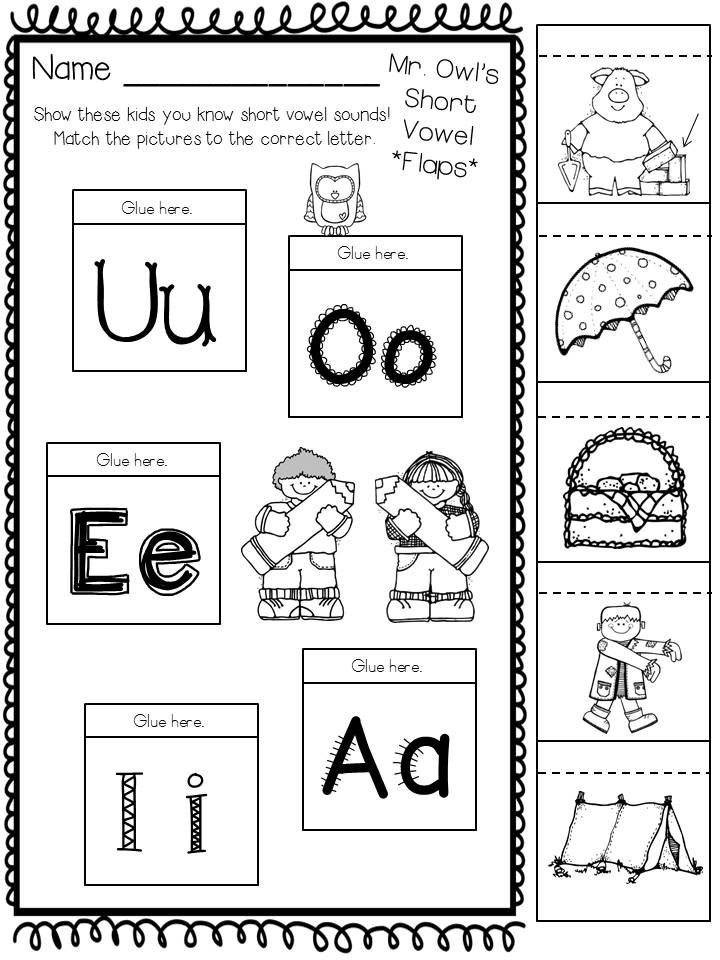 Why is that? It takes two vowels to make a long sound, and this can be tricky for kids to understand at first.
Why is that? It takes two vowels to make a long sound, and this can be tricky for kids to understand at first.
To get started with long vowel sounds, we begin teaching the silent e. It’s important for kids to understand that every vowel will change its sound when a silent e is put after the CVC form of a word.
For instance, if you put an e after the CVC word tap, the word changes to tape, and the vowel sound produced changes.
To help your child grasp this concept, begin with phonemic awareness. Ask them:
- Are tap and tape the same?
- Say the individual sounds slowly — t-a-p and t-ae-p.
- What changed?
You can also use magnetic letters to help illustrate the power of the silent e.
First, show your child the letter a. Make the short sound and then explain that you will give the power to its own name. Who can give the power? E! Tap the magnetic e on the magnetic a, adding it to the end of the word after, and — voila! — you now have a new word.
Using magnetic letters, you can then change tap to tape, bit to bite, dot to dote, and so on. While your child will hear that the sound changes, using magnetic letters will help them see what vowel contributes to the change in sound.
You can also use flip cards to demonstrate this concept. Fold the last eighth or so of an index card, and then write a CVC word, like tap, on the unfolded part and an e on the folded part. When you unfold the card, the word will change from tap to tape!
Note: The long o and u sounds can be a bit more complicated, so we recommend holding off on those until your child has gotten a good grasp on the others.
2) Correct The Spelling
To help your child gain a better understanding of long vowel sounds, why not play a game to help strengthen their knowledge?
To play this game, show your child the incorrect spelling of a CVC word and have them correct it. For example, using magnetic letters, spell out f-i-n-o but pronounce it as fine.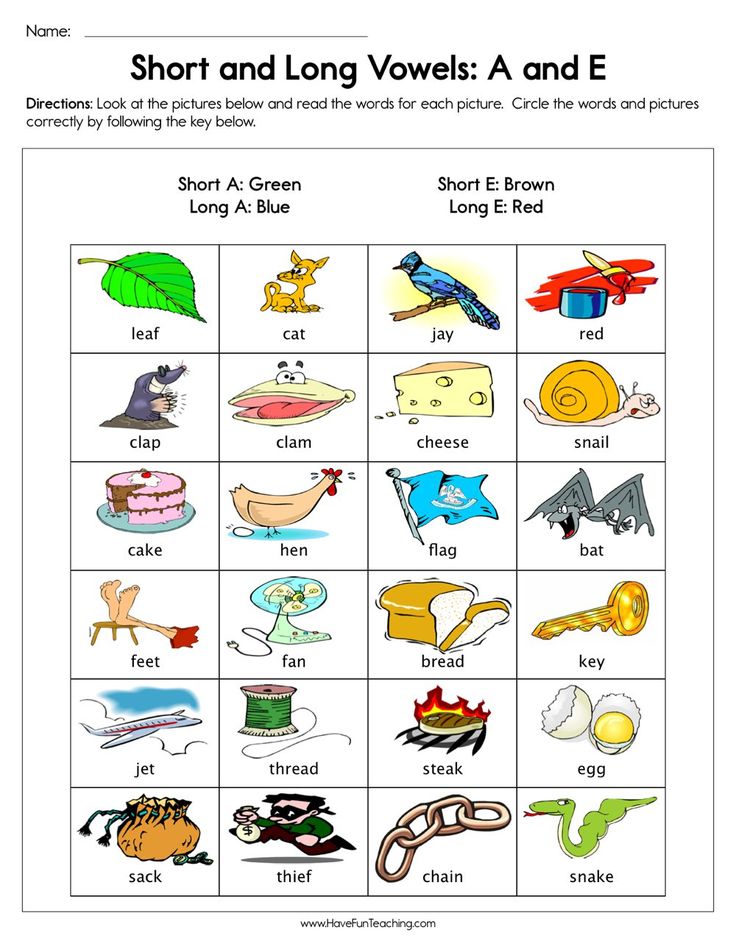 Now your child, who’s learned the power of the silent e, will be able to replace the o with an e.
Now your child, who’s learned the power of the silent e, will be able to replace the o with an e.
Here are some great words you can use for this activity:
Long “A” Sound Examples:
- Bake
- Lake
- Fame
- Date
- Fate
- Cake
- Make
Long “I” Sound Examples:
- Hide
- Fine
- Time
- Line
- Mine
- Pine
- Wife
- Ride
Long “O” Sound Examples:
- Joke
- Rose
- Woke
- Poke
Learning Vowels One Day At A Time
Learning vowels can be challenging for children. That’s why it’s important to take it one day at a time.
Help your child learn their basic vowels, start with the short CVC words, and then after some practice, help them nail the long vowel sounds, which are a little trickier.
Using the right strategy, you can give your young learner the confidence to face any unfamiliar word they may come across during reading activities.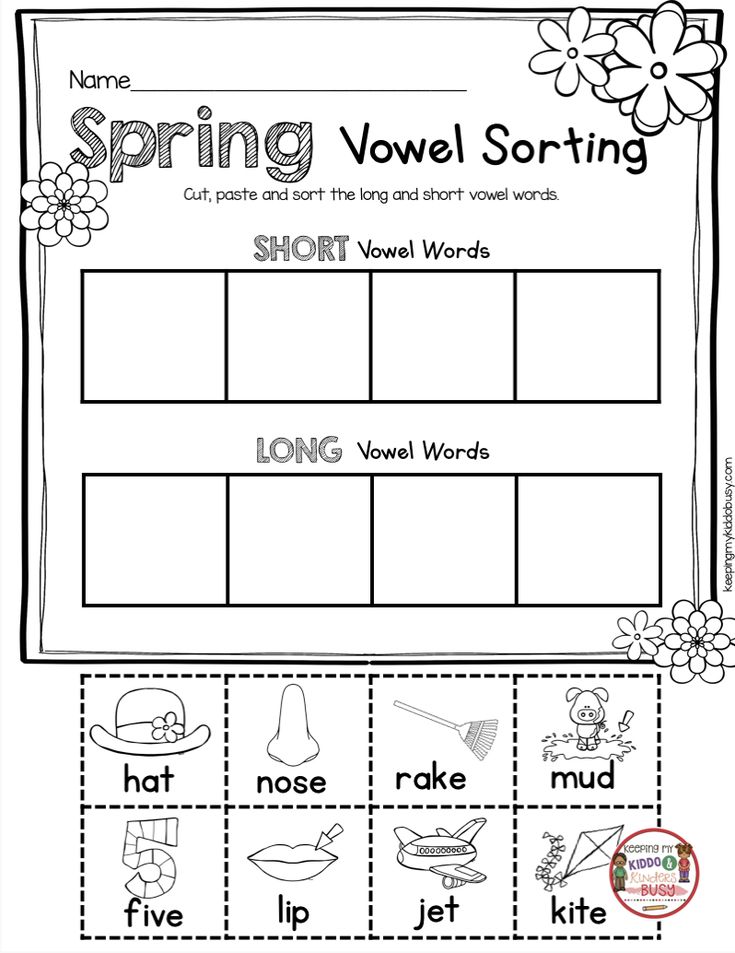
With the help of the HOMER Learn & Grow App, continue exposing your child to all sorts of stories and reading activities. This will not only help them with their vowels, but it will also set a solid foundation for their literacy journey!
Author
Long and short vowels in English
Longitude is one of the characteristics of a vowel sound, which shows the relative duration of its sound compared to other sounds.
Longitude can be positional and phonemic. In the first case, the duration of the vowel depends on the position in the word and stress, while this characteristic does not affect the meaning. The phonemic length of a vowel has a semantic function, that is, depending on the length of the sound, the meaning of the word changes.
Length of vowel sounds in English
In Russian, the length of vowel sounds does not affect the meaning of words and changes only depending on stress. In English, vowels differ not only in positional but also in phonemic length. This means that long and short sounds, similar in other characteristics, represent different phonemes. Words that differ only in these phonemes have different meanings: ship - sheep , fit - feet , pull - pool . Therefore, it is so important to pronounce long and short sounds correctly.
In English, vowels differ not only in positional but also in phonemic length. This means that long and short sounds, similar in other characteristics, represent different phonemes. Words that differ only in these phonemes have different meanings: ship - sheep , fit - feet , pull - pool . Therefore, it is so important to pronounce long and short sounds correctly.
In transcription, long vowels are indicated with a colon: [i:], [α:], [ɔ:], [u:], [ә:]. In some cases, long vowels in an unstressed position are reduced and become semi-long, which in transcription is indicated by one dot from above: [α ].
The long vowels listed above are opposed to short vowels, forming the following pairs in English:
- [i:] - [ı]
- [uː] - [u]
- [ɔ:] - [ɒ]
- [α:] - [ʌ]
- [ә:] - [ə]
The pronunciation of long and short English vowels often causes difficulties for Russian learners of English, since in Russian vowels do not have phonemic longitude, and we are not used to distinguishing the length of a vowel sound by ear. We often do not hear the difference between long and short vowels when listening to English speech. It is still not clear how long you need to draw a sound when speaking, so very unnatural, or almost inaudible, or too long vowels are obtained. It is impossible to correctly pronounce short and long sounds so that a native speaker hears the difference, even if you diligently shorten short vowels and stretch out long ones.
We often do not hear the difference between long and short vowels when listening to English speech. It is still not clear how long you need to draw a sound when speaking, so very unnatural, or almost inaudible, or too long vowels are obtained. It is impossible to correctly pronounce short and long sounds so that a native speaker hears the difference, even if you diligently shorten short vowels and stretch out long ones.
Sometimes it seems that native speakers themselves do not know the difference between short and long sounds, they seem to pronounce them the same way - but they themselves understand each other. But it's not. Let's see what are the differences between long and short English vowels, how to learn to hear them and how to train their pronunciation.
Differences between long and short English sounds
It is logical to assume that if vowels are called long or short, they differ in sound length. This is the main difference between them, but not the only one.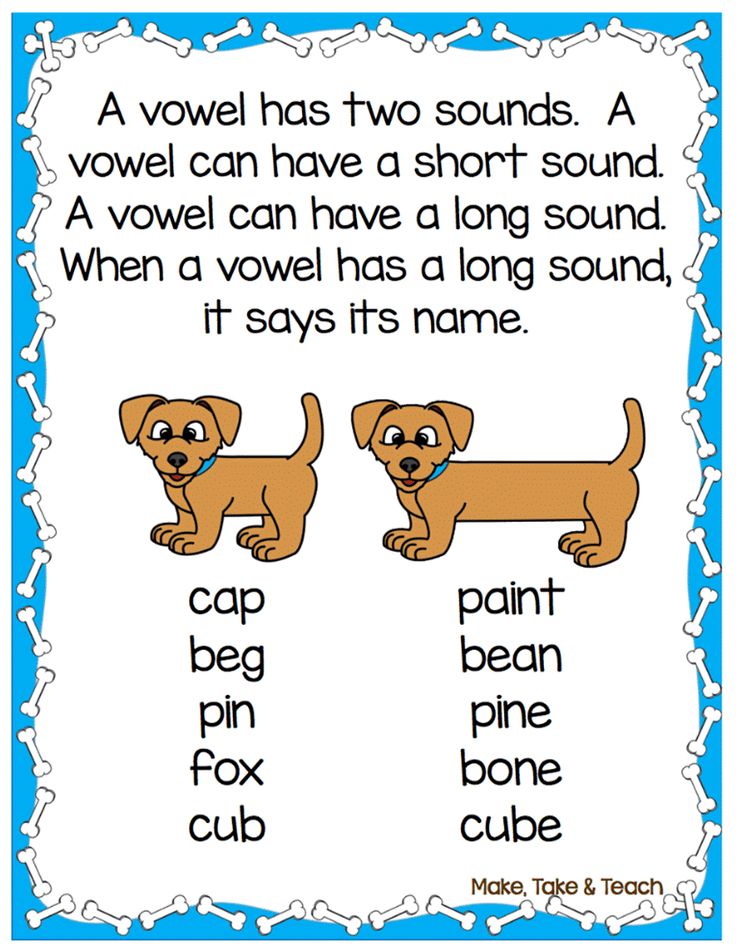 It is important to understand that long and short sounds have other differences, which consist in articulatory features. This means that the sounds are not just of different lengths, they are also different in sound. And most often it is these articulatory features that determine the length of the vowel sound: the duration of the sound depends on the position of the tongue and the tension of the vocal apparatus.
It is important to understand that long and short sounds have other differences, which consist in articulatory features. This means that the sounds are not just of different lengths, they are also different in sound. And most often it is these articulatory features that determine the length of the vowel sound: the duration of the sound depends on the position of the tongue and the tension of the vocal apparatus.
Long and short English vowels differ in such a characteristic as tension. Long vowels are tense, in English they are also called tense . When they are pronounced, the root of the tongue seems to be tense, under tension. The sound is pronounced, bright, rich, clear.
Short vowels are called lax – relaxed. The tongue in the region of the root is relaxed, the vowel sound is articulated quickly, easily, without additional effort, as if bursting. It turns out short, inconspicuous, faded and fuzzy.
Qualitative differences in sounds in different pairs of English vowels range from pronounced to almost imperceptible.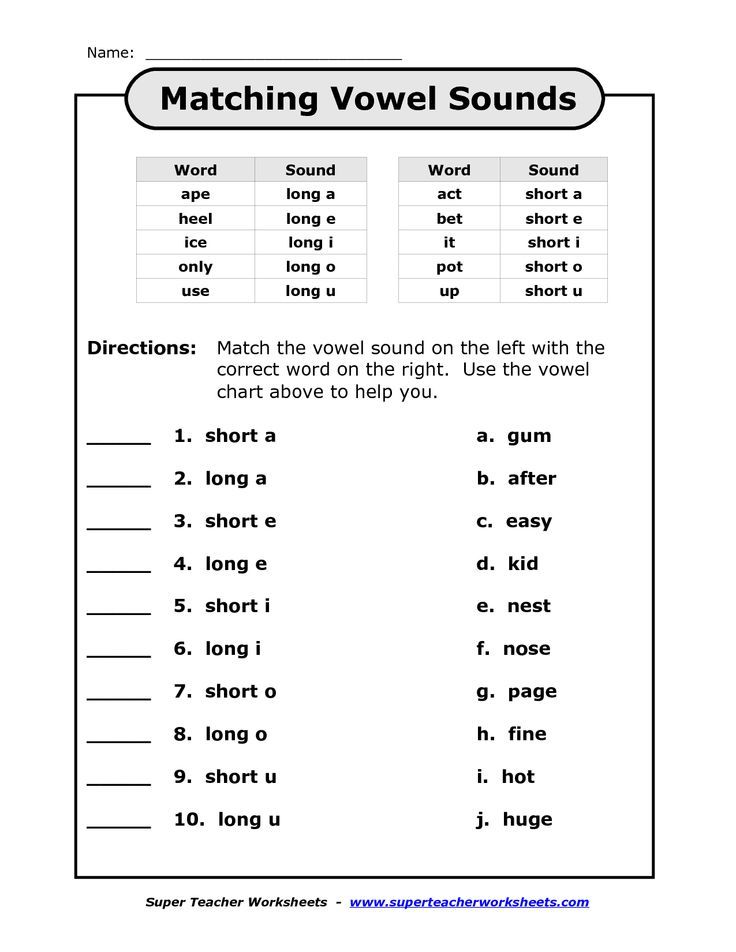 It is easy to notice the difference between long and short sounds a: pay attention to how the words cart and cut are pronounced, they differ not only in duration, but also in sound. But the differences between long and short u are almost imperceptible: pool and pull sound very similar, only slightly different in length. The Scots generally pronounce them the same way, differing only in context.
It is easy to notice the difference between long and short sounds a: pay attention to how the words cart and cut are pronounced, they differ not only in duration, but also in sound. But the differences between long and short u are almost imperceptible: pool and pull sound very similar, only slightly different in length. The Scots generally pronounce them the same way, differing only in context.
In addition, the duration of the pronunciation of vowels is also affected by positional longitude - for example, stressed or unstressed position in a word. As a result, a short vowel sound in one word may sound longer than a long sound in another word.
Thus, it is not enough to rely only on the subjective duration of a vowel sound. All the features of short and long vowels described above must be taken into account when learning English. It remains to understand how to master the pronunciation of long and short sounds in practice.
How to learn to pronounce long and short English vowels
The main mistake foreigners make when pronouncing long and short English sounds is focusing only on duration.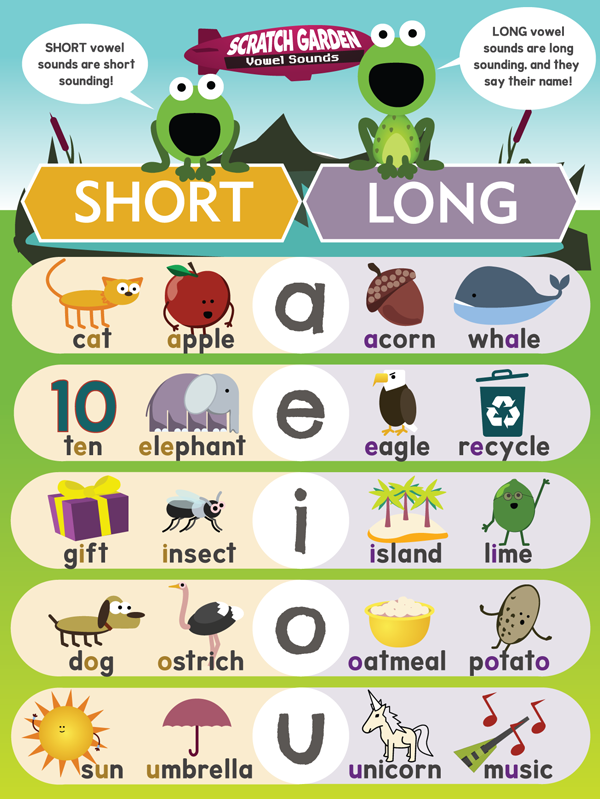 But with this approach, it is intuitively incomprehensible where the boundary between a long and a short sound passes: you can’t measure the length of a sound with a stopwatch. When trying to artificially lengthen or shorten a vowel, the sounds are unnaturally short or drawn out.
But with this approach, it is intuitively incomprehensible where the boundary between a long and a short sound passes: you can’t measure the length of a sound with a stopwatch. When trying to artificially lengthen or shorten a vowel, the sounds are unnaturally short or drawn out.
To learn how to pronounce long and short English sounds, you need to forget about the usual terminology "long" and "short". Try not to think about the duration of the sound at all. To correctly pronounce long and short vowels, you need to focus on their articulation, and not on duration. If we correctly reproduce the pronunciation of the vowel, then the duration will turn out to be correct automatically. Remember that long vowels require more tension at the root of the tongue, while short ones are pronounced without additional effort, easily and without tension.
Pay attention to how native speakers pronounce vowels - don't watch how long they draw them out, but watch the pronunciation, the articulation, the quality of the sound.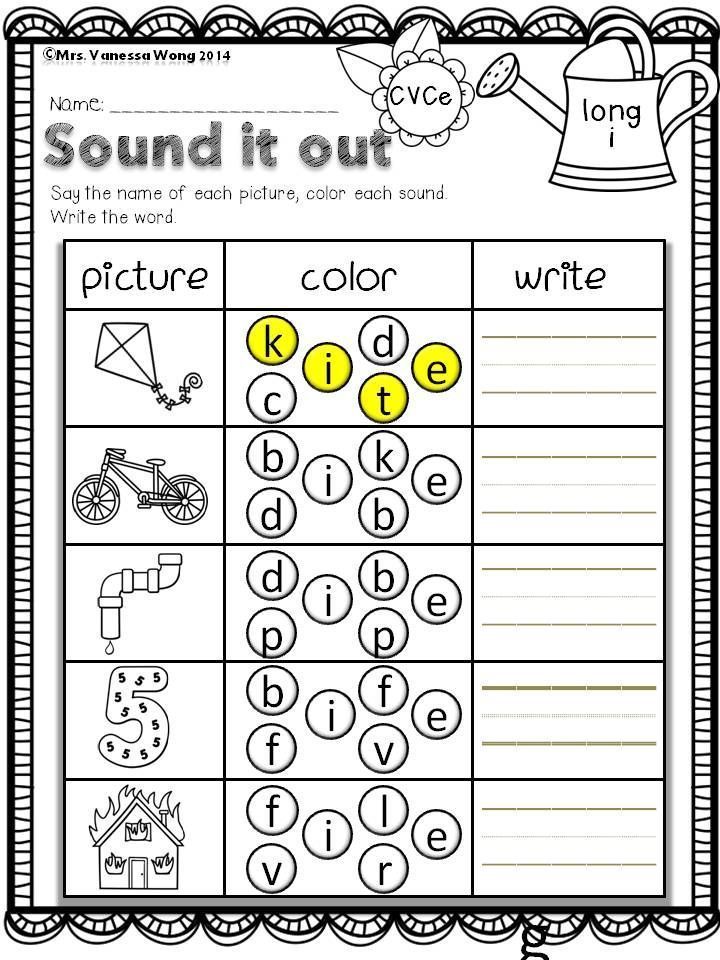 Repeat, imitate, practice. For practice, it is best to use video lessons or a conversation with a native speaker, since audio materials do not make it possible to see articulation.
Repeat, imitate, practice. For practice, it is best to use video lessons or a conversation with a native speaker, since audio materials do not make it possible to see articulation.
It is best to train long and short sounds not separately, but as part of words. First, this way you will note the influence of positional longitude on the duration of the sound in specific examples. Secondly, just as words are best learned in context, sounds are also best learned in the environment.
Practice pronunciation of long and short vowels in pairs of words to notice the difference between sounds, for example:
- Sport – hot
- Arm-cut
- See-hit
- Food-put
- Fur – ago
When you learn how to pronounce long and short vowels correctly in English, it will become easy to distinguish between them in speech. When listening to speech, forget about the differences in duration, pay attention to the qualitative differences in sounds - how intensely the vowel is pronounced, how bright or faded it sounds, how pairs of sounds differ from each other, except for duration.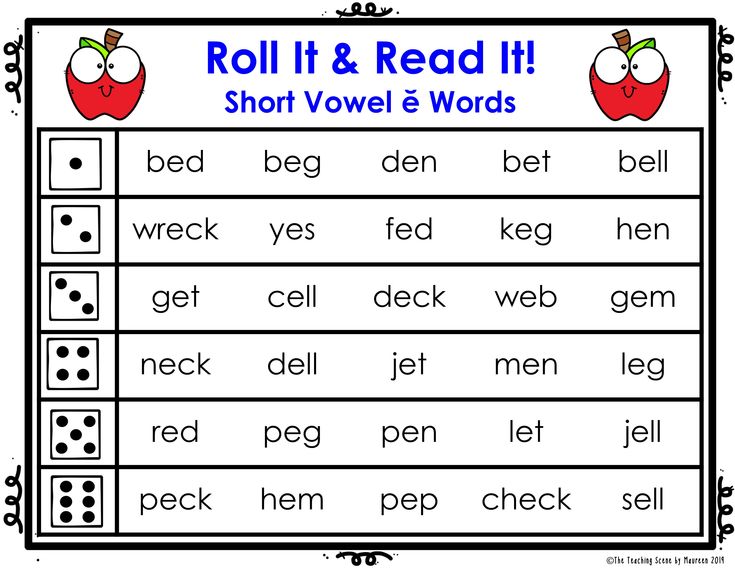
Layer cake of English sounds
Today there will be a small "cooking" master class. We will tell you what English speech consists of, what is the difference between letters and sounds and how to bake and bite it all ... Oh, that is, read and pronounce.
We will master reading transcription in English, exercises to develop this skill. You will understand what sounds are and how they are recorded. It will become easier to understand written language. Learn the rules of reading in English (exercises that will help you master difficult combinations are attached).
But first, consider a poem written by a little girl:
Visnoy tikut brooks
And the first rainfall pashol
You've probably noticed the difference between how it's written and how it SHOULD be written. From the first grade, teachers repeat to schoolchildren: not to , but to railway e But this is illogical, because it is precisely “ dosht ” that is heard in speech.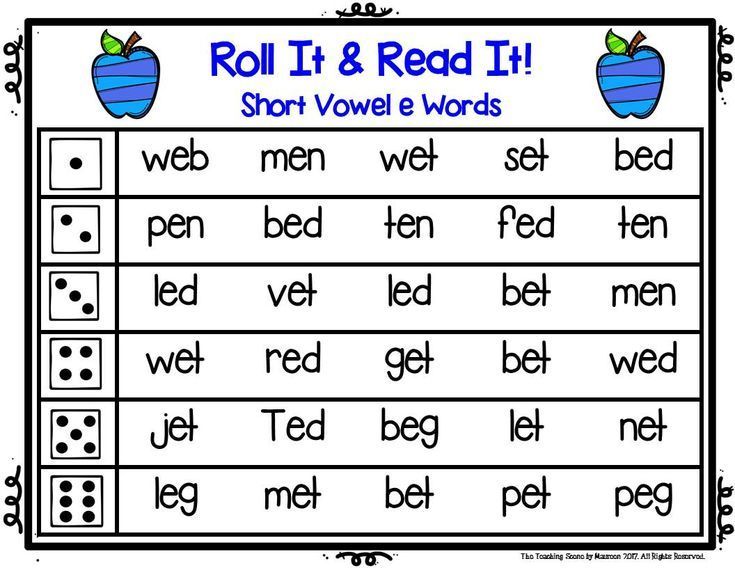
Surprisingly, there are languages in which you don't need to learn the "correct" variant. For example, in Korean or Georgian everything is as it is heard and written. Imagine how easy it is for children to live there!
Meanwhile, English-speaking students are having fun at the spelling . The conditions are as follows: the leader says the word out loud, and the contestant must pronounce it letter by letter. This is not an easy task, because the oral form often does not match the writing.
Why is it so difficult?
It's just that once English was the same as Georgian. In the sense that, as it was heard, it was written. But then changes began to occur, and the spelling rules, as it were, froze in place, remaining a kind of monument to the past.
Now we have what we have: handkerchief , conscience and pronunciation , knight , wheel and thorough . How to read such words? The first thing to do -
learn signs transcription .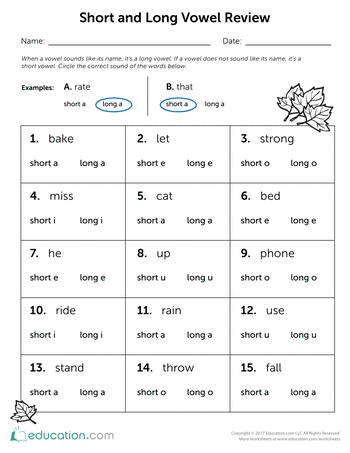
Transcription is a written expression of sounds of speech, that is, how we hear the word. Many transcription signs coincide with the usual Latin alphabet. Transcribed words are placed in square brackets:
Cold - [kold]
Knight - [naɪt]
- Emphasis deserves special attention. In English, its sign is placed before the stressed syllable, and not above the vowel, as in Russian:
[ˈæpl]
[ˈdɪfɪk(ə)lt]
- In different pronunciations, individual sounds are either pronounced or not (especially [r]). Then they are written in parentheses:
(r)
r
Bake the first layer. Consonants
Let's go back to our recipe. Consonants will be a good, solid base for our cake. They are obtained as a result of the closing of the organs of speech.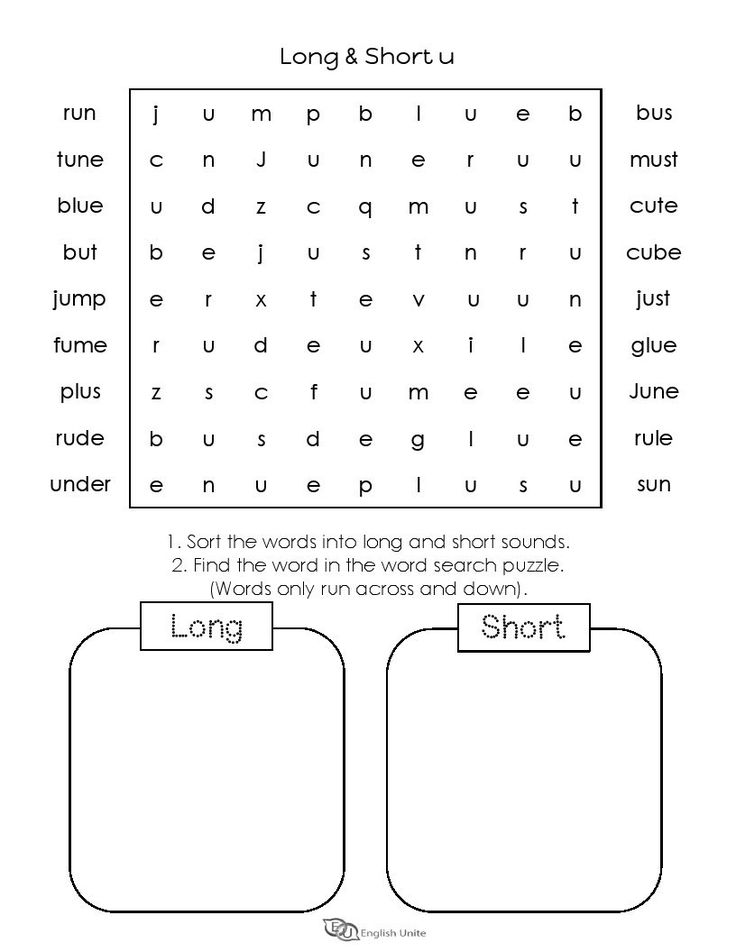
In the table you can see English consonants, approximate Russian pronunciation and examples.
Raisins. Sounds like nothing
Some sounds like d, t, m, p have Russian analogues. But there are those who are completely unfamiliar to us.
θ and ð
Sound [θ] , which really looks like a raisin - softer, inconspicuous.
[ð] is pronounced firmly and distinctly (you can probably compare it to a nut). Both sounds are interdental, that is, they are produced when the tip of the tongue is positioned between the teeth.
Both of these sounds are written in the same way - th . How to understand when to pronounce which sound?
Solid [ð] usually used in articles, pronouns and similar words, and before a vowel e:
- th e [ðə]
- th ose [ðəʊz]
- nei th er [ˈnaɪðə(r)]
- o th er [ˈʌðə(r)]
[θ] is pronounced in all other cases:
- th anks [θæŋks]
- ba th [bɑːθ]
Nasal "ŋ"
Russian-speaking people often do not pay attention to this sound.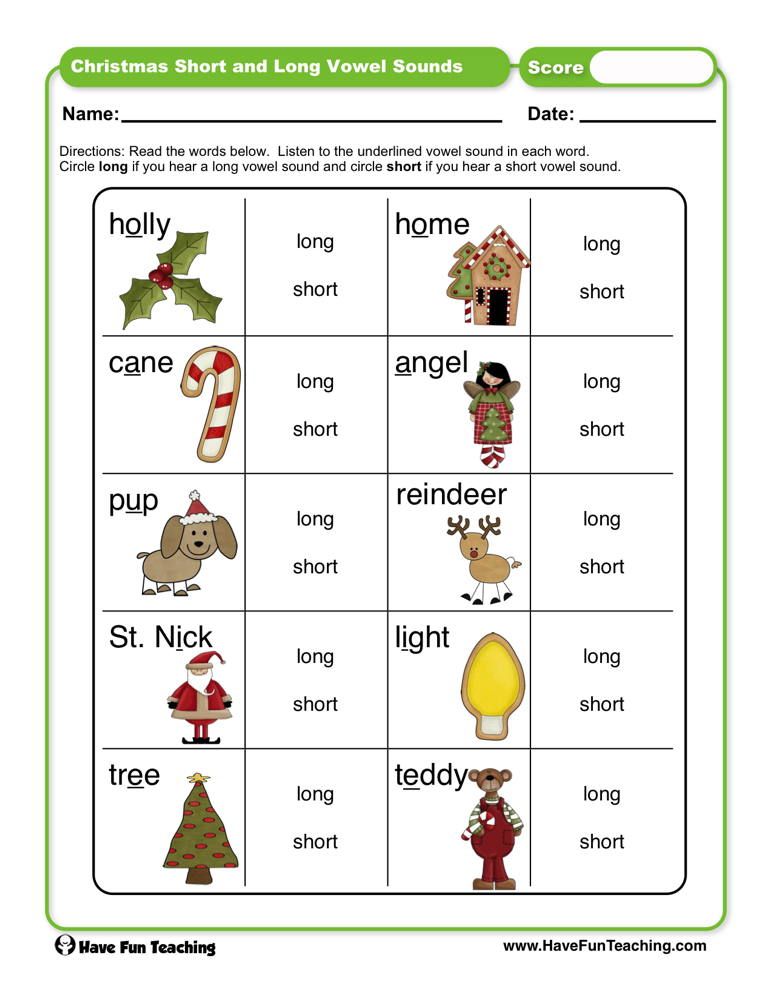 But it still exists! To pronounce it, you need to slightly lengthen the consonant n and blow air into the nose.
But it still exists! To pronounce it, you need to slightly lengthen the consonant n and blow air into the nose.
[Ŋ] occurs when there is another consonant after n :
- tha nk [θæŋk]
- cli ng [klɪŋ]
- bi ng o [ˈbɪŋɡəʊ]
"W" sound
It is very important to distinguish between w and v .
For example, wine and vine are different words ( wine and vine ). In the first case, the pronunciation will be " wine ", and in the second - " wine ".
Speak, emphasizing the difference between [w] and [v] :
- w est — v est
- w ail — v ail
- w iper — v iper
- w orse — v erse
- w iser - v isor
Rule 11 yellow iPhones
Imagine 11 ( E leven) yellow ( Y yellow) iPhones ( I phones).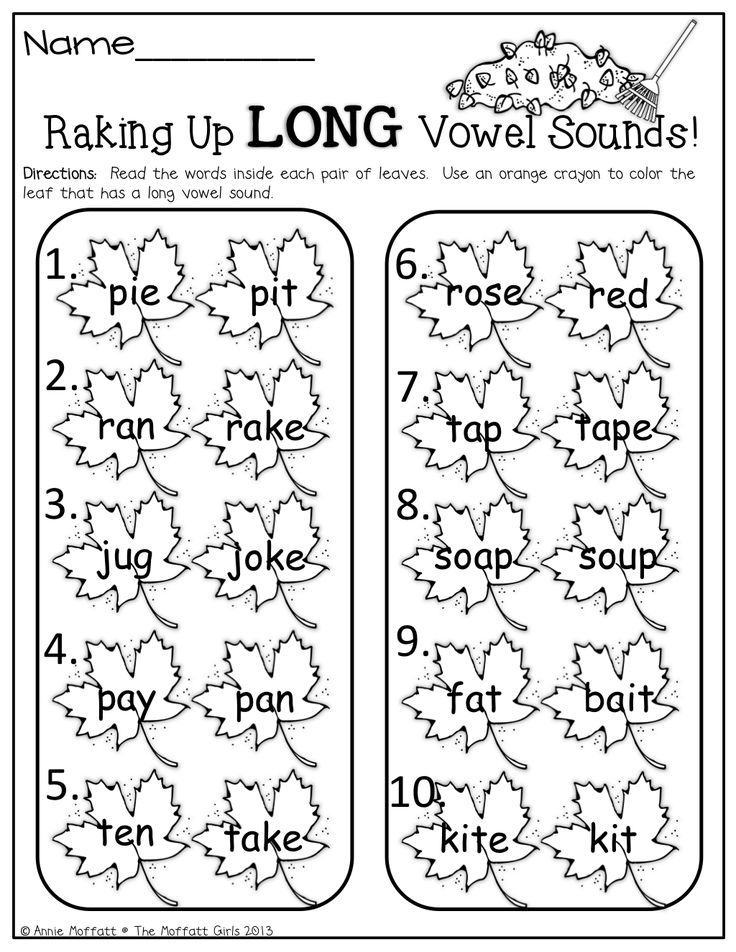 This is a "memory" for one rule of reading English (exercises will be a little further). It lies in the fact that the letters e, y and i affect the pronunciation of other letters.
This is a "memory" for one rule of reading English (exercises will be a little further). It lies in the fact that the letters e, y and i affect the pronunciation of other letters.
Before e, y, i:
- g reads like [dʒ]
- c reads like [s]
- g i ant [dʒaɪənt]
- g y m [dʒɪm]
- g e l [dʒel]
- c i nema [sinema]
- c y ber [saɪbə(r)]
- c e ase [siːs]
A few more reading recipes:
"S" between vowels
S reads like [ z ] if it is between vowels:
- sea s on [ˈsiːz(ə)n]
- mu s e [mjuːz]
- cou s in [ˈkʌz(ə)n]
In some cases, the third person singular ending -s gives the sound [z] (find out which ones).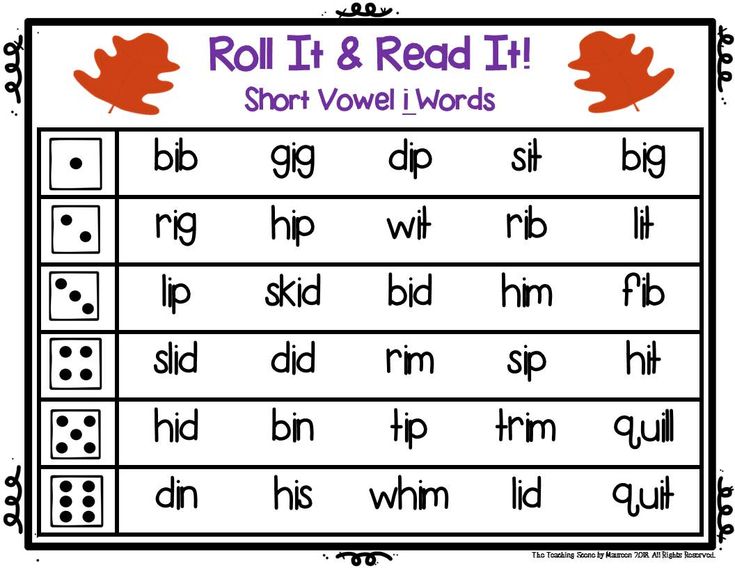
"X". How to read the word "9" correctly0008 copier »?
X before consonants and at the end of words is read as [ks], and before a stressed vowel - [z] or [gz]:
- box [bɒks]
- mixture [ˈmɪkstʃə(r)]
- xerox [ˈzɪərɒks]
- exotic [ɪɡˈzɒtɪk]
The second layer of the English pie: vowels
These are sounds that can be stretched out. Vowels - viscous and plastic, like nougat and chocolate cream. It is on them that the intonation, the music of speech, the melodiousness of phrases depend.
English vowels are short and long. Longitude in English transcription is indicated by two dots: [ː]
There are also diphthongs - vowels consisting of two sounds.
The sound " seam " - what kind of animal is this?
[ə] ( is called " schwa " in English) is a short vowel worth mentioning separately.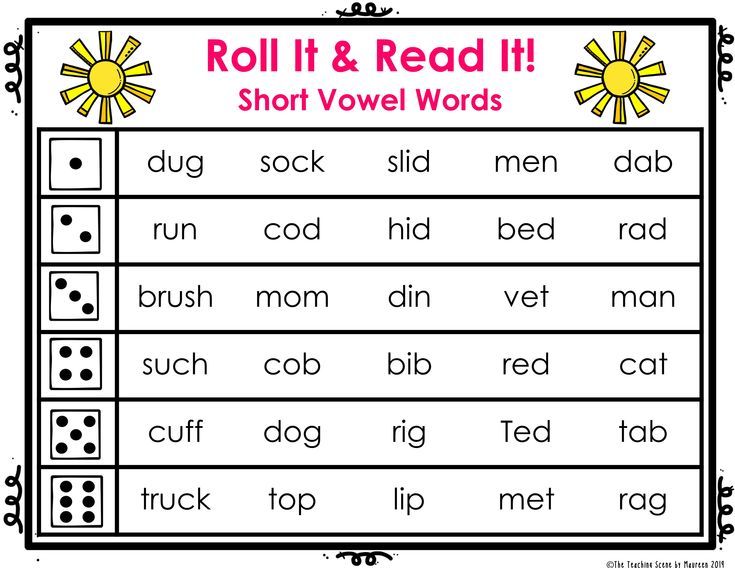 It appears in an unstressed position, when in the flow of speech the vowel ceases to be distinct and is almost lost. To get an idea of what this sound is like, read the word " dog ", shifting the stress very much on the second syllable to get [ sbÁka ]. That fuzzy sound that remained from the first vowel "o" will resemble sound schwa :
It appears in an unstressed position, when in the flow of speech the vowel ceases to be distinct and is almost lost. To get an idea of what this sound is like, read the word " dog ", shifting the stress very much on the second syllable to get [ sbÁka ]. That fuzzy sound that remained from the first vowel "o" will resemble sound schwa :
- a bout [əˈbaʊt]
- o ppose [əˈpəʊz]
- c o mmand [kəˈmɑːnd]
Basic rules for reading vowels
- If a syllable ends in a vowel and a consonant as in the words mid, cat, vet , the vowel is usually short.
- In words like gave, save, sale, hope final e is not readable. But another vowel due to this unpronounceable sound becomes long. Moreover, her pronunciation then coincides with her name in the alphabet.
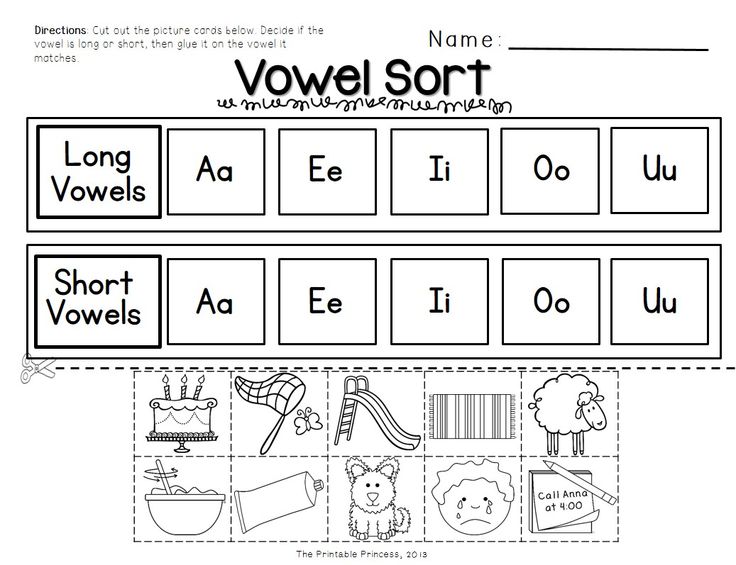
For example, the "alphabetic" pronunciation of the letter i - " ai ". In the word " bite " there is a final mute e , which means that i are pronounced as in the alphabet.
And if we remove e , then the vowel will become short:
bit [bit]
Well, you already know the transcription marks. You can try to do special reading exercises (English, recorded by transcription, looks unusual, but every sound is clearly visible).
- Write your first and last name using transcription marks. Think about how to indicate stress, which vowels are short and which are long? What sounds are difficult to convey because they are not in English?
Examples:
Alla Pugacheva [ˈA:lla: Pu:ga:ˈtʃ3:va:]
Anton Chekhov [A:nˈto:n ˈTʃehɒv]
- Read the transcription of the dialogues and then check the original.
 Pay attention to the correct pronunciation of all sounds.
Pay attention to the correct pronunciation of all sounds.
- Haɪ Dʒeɪn!
- Həˈləʊ!
— ɑː(r) jʊ ˈdrɪŋkɪŋ waɪn?
- Jes, aɪ əm.
- ð ɪs iz mai ˈkʌz(ə)n Keɪt. ʃiː iz frɒm ˈRʌʃə.
- Greɪt! Naɪs tuː miːt jʊ!
- Help jə(r)ˈself wɪθ sʌm waɪn.
- Nəʊ, ai prɪˈfɜː(r) ˈɒrɪndʒ dʒuːs, θæŋks.
Hi Jane!
- Hello!
Are you drinking wine?
Yes, I am.
This is my cousin Kate. She is from Russia.
Great! Nice to meet you!
Help yourself with some wine.
- No, I prefer orange juice, thanks.
Tip : You can check your pronunciation using online dictionaries. For example, we highly recommend www.macmillanddictionary.com and dictionary.cambridge.org
- Now read the text a little harder.
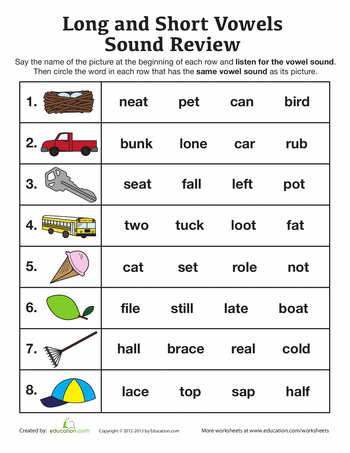 Guess what book it's from?
Guess what book it's from?
Wʌn fain dei Puː hæd stʌmpid ʌp tu ðə tɒp əv ðə ˈfɒrɪst tu siː if hiz frend ˈKrɪstəfə(r) ˈRɒbɪn wɒz ˈɪntrəstɪrd in beəˈ) Æt ˈbrekfəst ðæt ˈmɔː(r)nɪŋ hiː hæd ˈsʌd(ə)nli θɔːt əv ə nju sɒŋ.
One fine day Pooh had stumped up to the top of the Forest to see if his friend Christopher Robin was interested in Bears at all. At breakfast that morning he had suddenly thought of a new song.
Exotic ingredients
One of the amazing things about English is that it has a huge amount of words borrowed from other languages.
Often, knowing what language a word comes from, one can also guess its correct spelling.
As you have already noticed, some English sounds can be expressed in different letters. For example, the sound [z] can be written both as s and as z , and [f] - both as f , and as a combination of ph .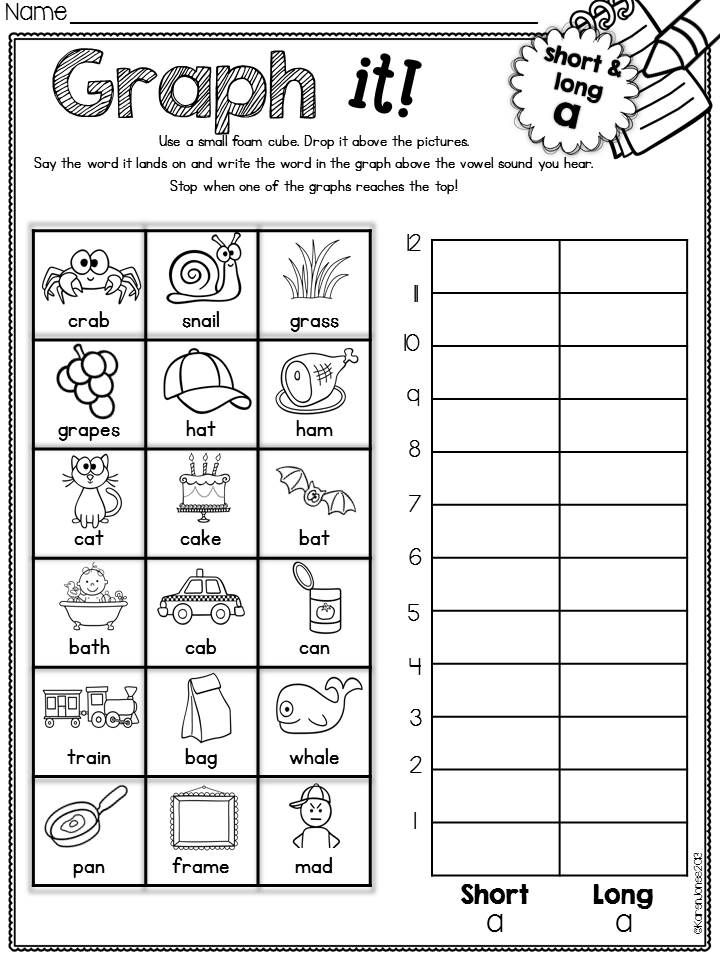 With the sound [k] is even more interesting - in writing it is displayed as k, c , or combinations of ck and ch :
With the sound [k] is even more interesting - in writing it is displayed as k, c , or combinations of ck and ch :
- k yte [kait]
- c lue [klu:]
- lu ck [lʌk]
- ch aos [ˌkeɪɒs]
Greek or Latin origin
- Such words are typically written [k] with ch or with 0:
ch ool, ch olera, c
- Often the sound [i] is represented by the letter y :
l y ric, s
- Sound [f] transmitted by combination ph
ph onic
- [r] is often written as rh :
rhinoceros
- [z] can be expressed as x :
x ylophone
Other spelling rules
How to write: ie or ei ?
i is written first, and then e , unless this combination is preceded by the letter c :
- f ie ld [fi:ld]
- c ei ling [ˈsiːlɪŋ]
(This rule only applies if the sound expressed by these letters is - [i:]).